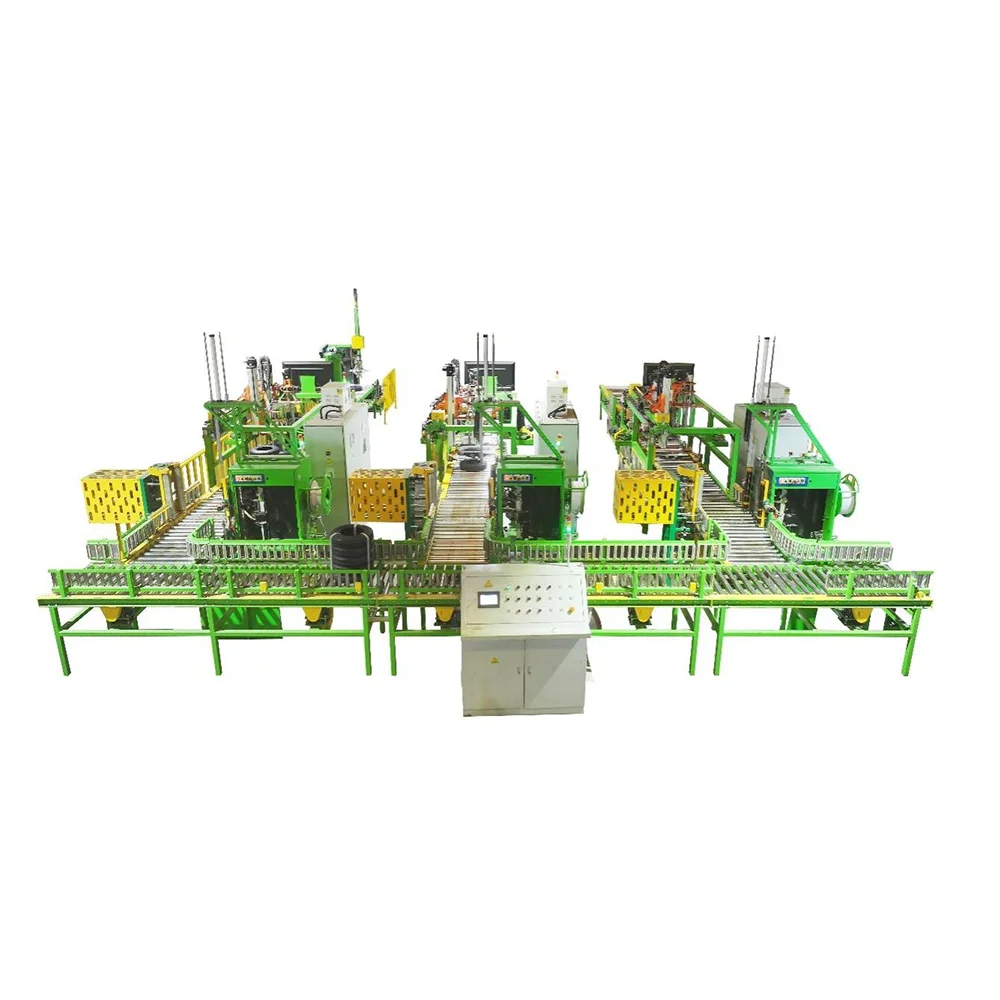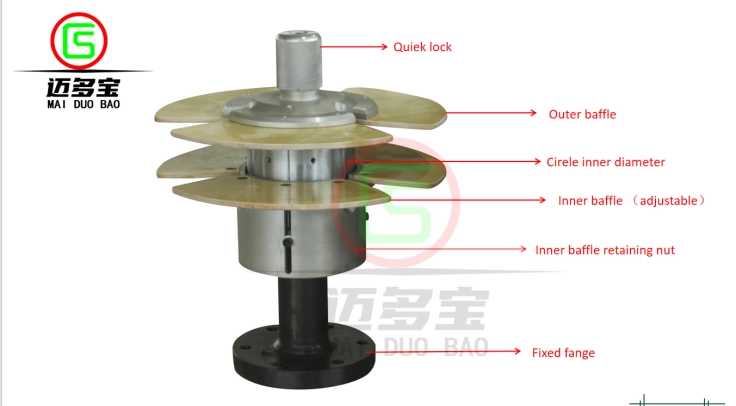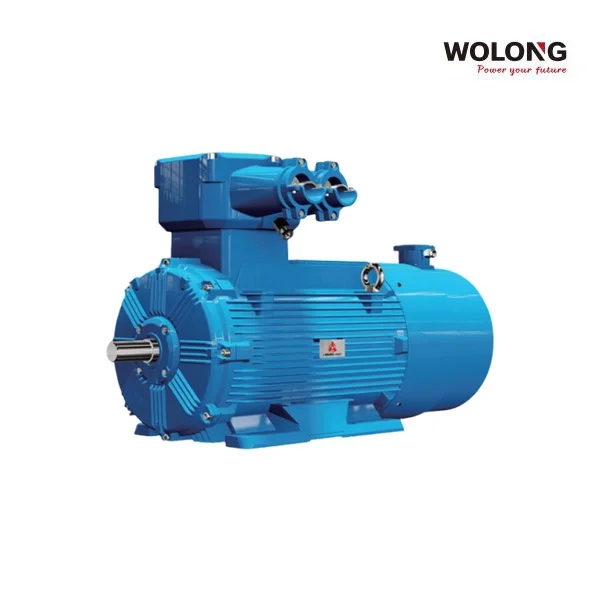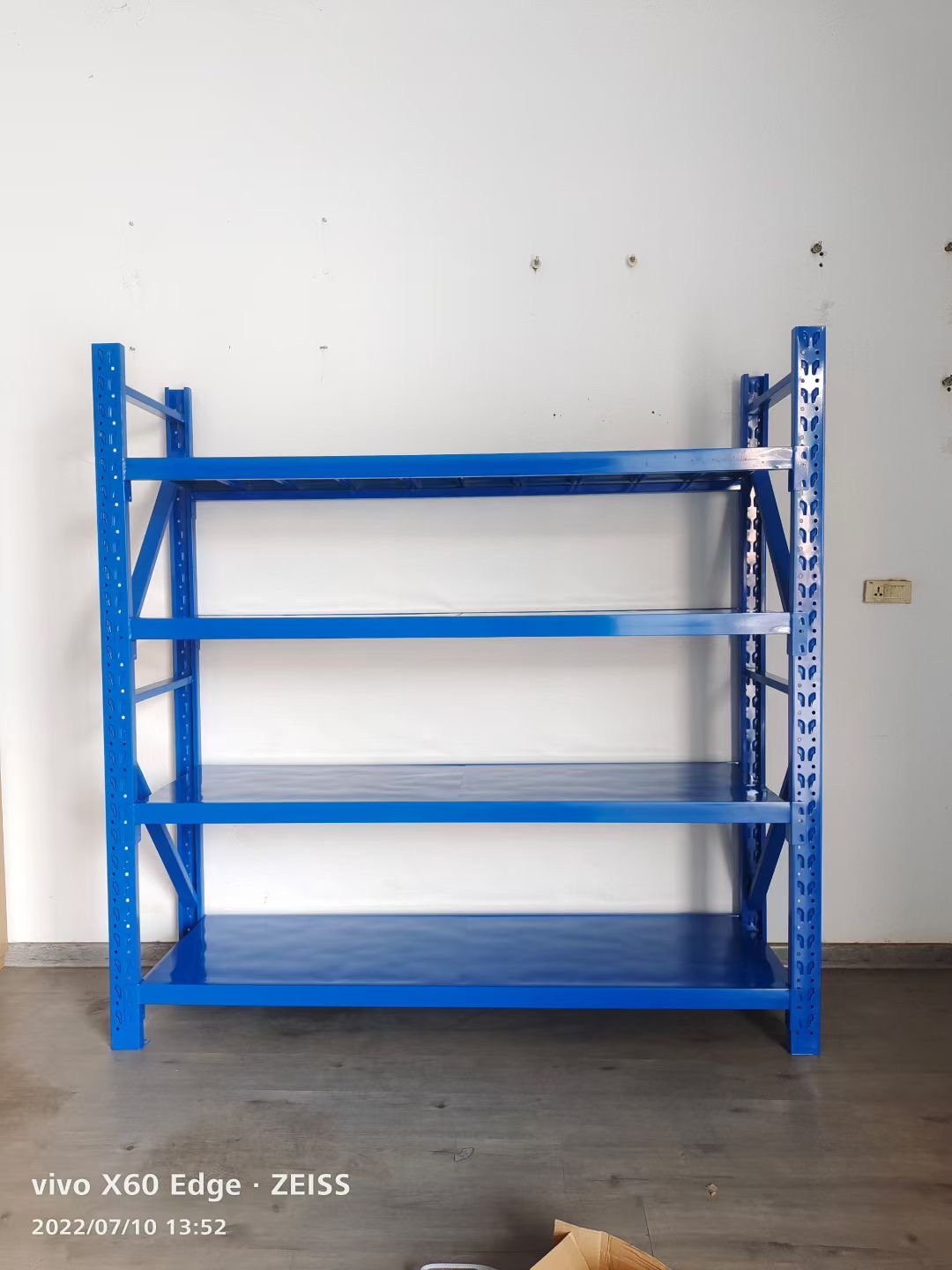The tire manufacturing industry demands a high level of efficiency, precision, and safety in its material handling and packaging processes. In response to these demands, the Tire Pallet Process Line has emerged as a modern solution that integrates automation with high-performance capabilities. This advanced system handles the centering, oiling, assembling, stacking, and packaging of tires into pallets with minimal human intervention. In this blog post, SONIWELL, a high performance tire packing machine supplier, will share the functional advantages of tire pallet process line for sale.
Tire Pallet Process Line Functional Advantages
Functional Integration: One Line, Complete Operation
One of the most significant strengths of the Tire Pallet Process Line lies in its comprehensive functional integration. Unlike conventional systems that rely on fragmented operations across different stations, this process line consolidates multiple steps into a single continuous workflow. These include:
* Automatic Tire Centering: Ensures each tire is precisely aligned before further processing, reducing misplacement and improving stacking accuracy.
* Tread Oiling: The system includes an automated oiling mechanism that uniformly applies oil to the tire tread, optimizing performance and extending product lifespan.
* Pallet Assembly and Placement: Pallets are automatically fed into the system and accurately placed using servo modules.
* Tire Stacking and Packaging: The system stacks tires in pre-set configurations and wraps them securely for transport. Optional plastic sealing enhances package protection during storage and transit.
This integrated design minimizes manual handling, reduces error rates, and enhances overall process consistency.
Applicability to a Variety of Tire Pallets
The Tire Pallet Process Line is highly adaptable, accommodating various pallet types and stacking modes. Whether for passenger vehicles, light trucks, or specialty tires, the system supports multiple pallet formats and sizes. This flexibility is essential for manufacturers that produce a diverse range of tires, enabling seamless transitions without major reconfiguration.
* 3-group, 5-group, and 6-group pallet modes: These customizable grouping options allow operators to adjust stacking logic based on operational needs, optimizing both space and efficiency.
* Automatic Pallet Feeding: The system automatically recognizes and feeds different pallet types into the process line, ensuring uninterrupted operation regardless of pallet style.
This modular design significantly reduces downtime and increases throughput in multi-product environments.

Automatic Centralized Oil Supply
To ensure smooth and continuous operation, the Tire Pallet Process Line is equipped with an automatic centralized oil supply system. This feature provides:
* Uniform lubrication to all necessary moving parts.
* Extended equipment lifespan by reducing wear and tear.
* Reduced maintenance downtime, as oil levels and distribution are monitored and adjusted automatically.
This self-sustaining mechanism ensures that the system maintains peak operational conditions with minimal manual intervention.
High-Precision Servo Modules for Placement and Stacking
Servo-controlled modules are at the heart of the system' s precision. These modules perform critical functions such as:
* Accurate pallet positioning
* Consistent tire stacking height and alignment
* Repeatable motion control for optimal speed and placement accuracy
By employing advanced servo technology, the Tire Pallet Process Line achieves millimeter-level accuracy, ensuring that every tire is placed correctly and every pallet is uniformly loaded. This not only enhances safety during transport but also reduces the risk of product damage.
Safety Measures: Designed with Protection in Mind
Given the scale and complexity of tire pallet operations, worker safety is a paramount concern. The Tire Pallet Process Line integrates a series of comprehensive safety features, including:
* Protective Grating and Shields: Prevent access to hazardous areas during operation.
* Pull-Rope Emergency Stop Switches: Allow immediate halting of machinery in the event of an emergency.
* Interlocking Mechanisms: Ensure that safety guards must be in place for the system to operate.
* Clear Warning Signs: Provide constant visual cues to remind personnel of safety protocols.
These mechanisms work together to create a safe operating environment, minimizing the risk of accidents and complying with international industrial safety standards.
Operational Efficiency: Maximizing Throughput
In high-volume manufacturing, efficiency is not just a goal — it' s a requirement. The Tire Pallet Process Line is optimized for maximum operational efficiency, offering features such as:
* One-button Specification Switching: Operators can switch between different tire or pallet specifications instantly using pre-programmed formulas. This drastically reduces setup time and allows quick adaptation to changing production demands.
* High-Speed Stacking: The system is capable of stacking 7 to 8 tires per minute, delivering a throughput that significantly outpaces manual or semi-automated systems.
* Minimal Labor Requirements: Beyond loading materials at the beginning of the line, no human intervention is required. All key functions are fully automated, reducing labor costs and human error.
This level of efficiency translates directly to cost savings, reduced downtime, and increased productivity on the factory floor.
Conclusion:
The Tire Pallet Process Line represents a technological leap for tire manufacturers seeking to improve their operational effectiveness. Its ability to integrate multiple complex processes — from centering and oiling to stacking and packaging — into a single streamlined workflow gives it a distinct advantage over traditional systems.
www.soniwellgroup.com
SONIWELL





